Adopting a wild horse can be a rewarding experience for both the horse and the adopter. Wild horses, also known as mustangs, are descendants of Spanish horses brought to the Americas by explorers in the 16th century. With their strength, resilience, and wild spirit, they have captured the imagination of people around the world. However, adopting a wild horse comes with its own set of challenges and responsibilities. In this blog post, we will explore the process of adopting a wild horse, the considerations to keep in mind, and the steps to take to ensure a successful adoption.
Understanding Wild Horses
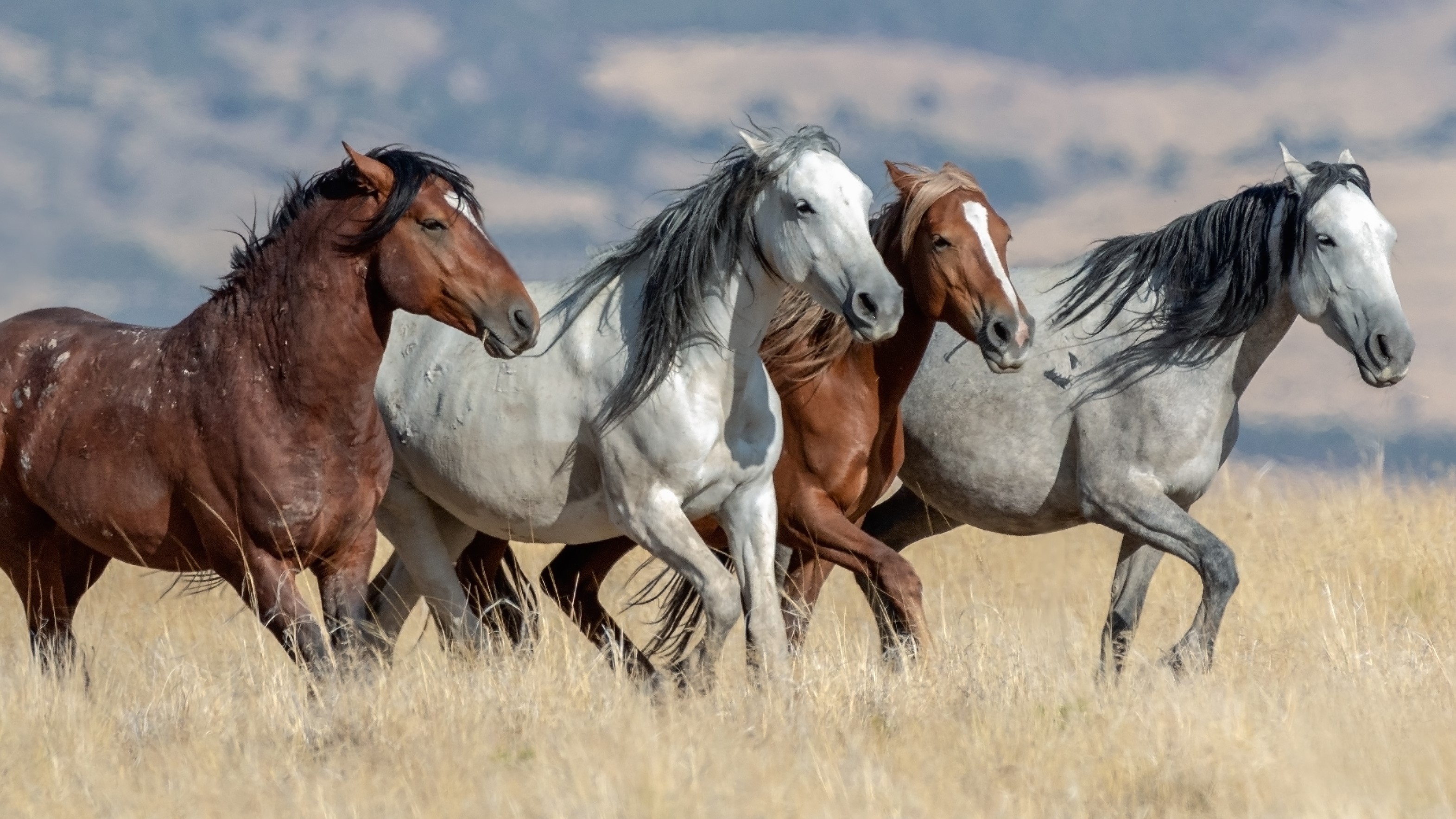
Before embarking on the journey of adopting a wild horse, it’s essential to understand the nature and behavior of these magnificent creatures. Wild horses have adapted to survive in harsh and diverse environments, shaping them into hardy and self-sufficient animals. They live in social groups called bands, led by a dominant mare and a stallion. Understanding the natural behavior and social structure of wild horses is crucial for their successful integration into a domestic setting.
Behavior and Social Structure
Wild horses exhibit complex social behaviors within their bands. Understanding their social dynamics and communication patterns is essential for creating a harmonious environment for the adopted horse. The dominant mare plays a pivotal role in leading the band, while the stallion protects the group from potential threats. By observing and learning about their social structure, adopters can better understand the needs and instincts of wild horses.
Adaptation to the Environment
Wild horses have evolved to thrive in various landscapes, from deserts to grasslands. Their ability to adapt to different terrains and climates has shaped them into resilient animals. When adopting a wild horse, it’s crucial to consider their natural habitat and provide an environment that accommodates their need for space, foraging, and social interaction. Understanding their natural habitat can guide adopters in creating an environment that promotes the well-being of the horse.
Adoption Process

The process of adopting a wild horse involves several steps to ensure the welfare of the animal and the readiness of the adopter. From selecting a suitable horse to providing the necessary care and training, each stage requires careful consideration and preparation.
Selection of a Suitable Horse
When adopting a wild horse, potential adopters have the opportunity to select a horse that aligns with their experience level and goals. The Bureau of Land Management (BLM) and various wild horse adoption organizations offer events where potential adopters can observe and interact with available horses. It’s essential to assess the horse’s temperament, health, and compatibility with the adopter’s lifestyle before making a decision.
Facility Requirements
Before bringing a wild horse home, adopters need to ensure that they have a suitable facility to accommodate the horse’s needs. Adequate fencing, shelter, access to water, and space for exercise are essential considerations. The facility should be prepared to meet the requirements outlined by the BLM or the specific organization facilitating the adoption process.
Training and Socialization
Wild horses require patient and gentle training to adapt to domestic life. Building trust and establishing a bond with the horse is a gradual process that requires understanding the horse’s natural instincts and behavior. Socializing the horse with other animals and humans, as well as introducing them to basic training techniques, is essential for their successful integration into their new environment.
Care and Welfare
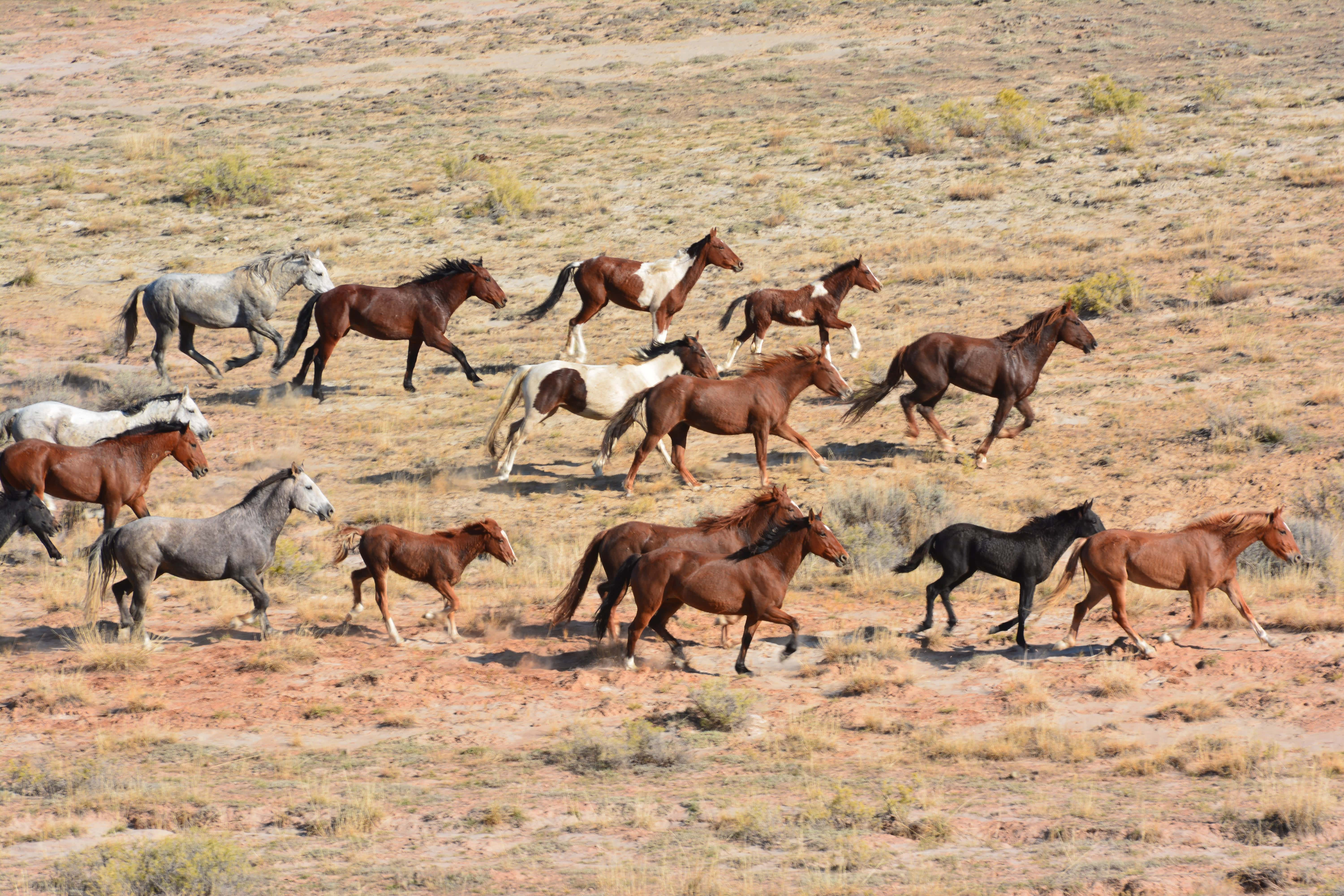
Once the wild horse has been adopted and brought to its new home, providing proper care and ensuring its welfare becomes the adopter’s primary responsibility.
Nutrition and Foraging
Wild horses are accustomed to foraging for food in their natural habitat. Adopters need to provide a diet that mimics the horse’s natural grazing behavior, which may include access to pasture, hay, and supplemental feed. Understanding the nutritional needs of wild horses is crucial for maintaining their health and vitality.
Healthcare and Veterinary Support
Regular veterinary care, vaccinations, dental care, and parasite control are essential for the well-being of the adopted horse. Adopters should establish a relationship with a qualified equine veterinarian to ensure the horse’s health needs are met. Additionally, being attentive to the horse’s physical condition and behavior can help detect any potential health issues early on.
Exercise and Enrichment
Wild horses are accustomed to roaming over vast territories, and providing opportunities for exercise and mental stimulation is important for their physical and psychological well-being. Engaging the horse in activities such as free turnout, trail riding, and natural horsemanship exercises can help fulfill their need for movement and enrichment.
Training and Development
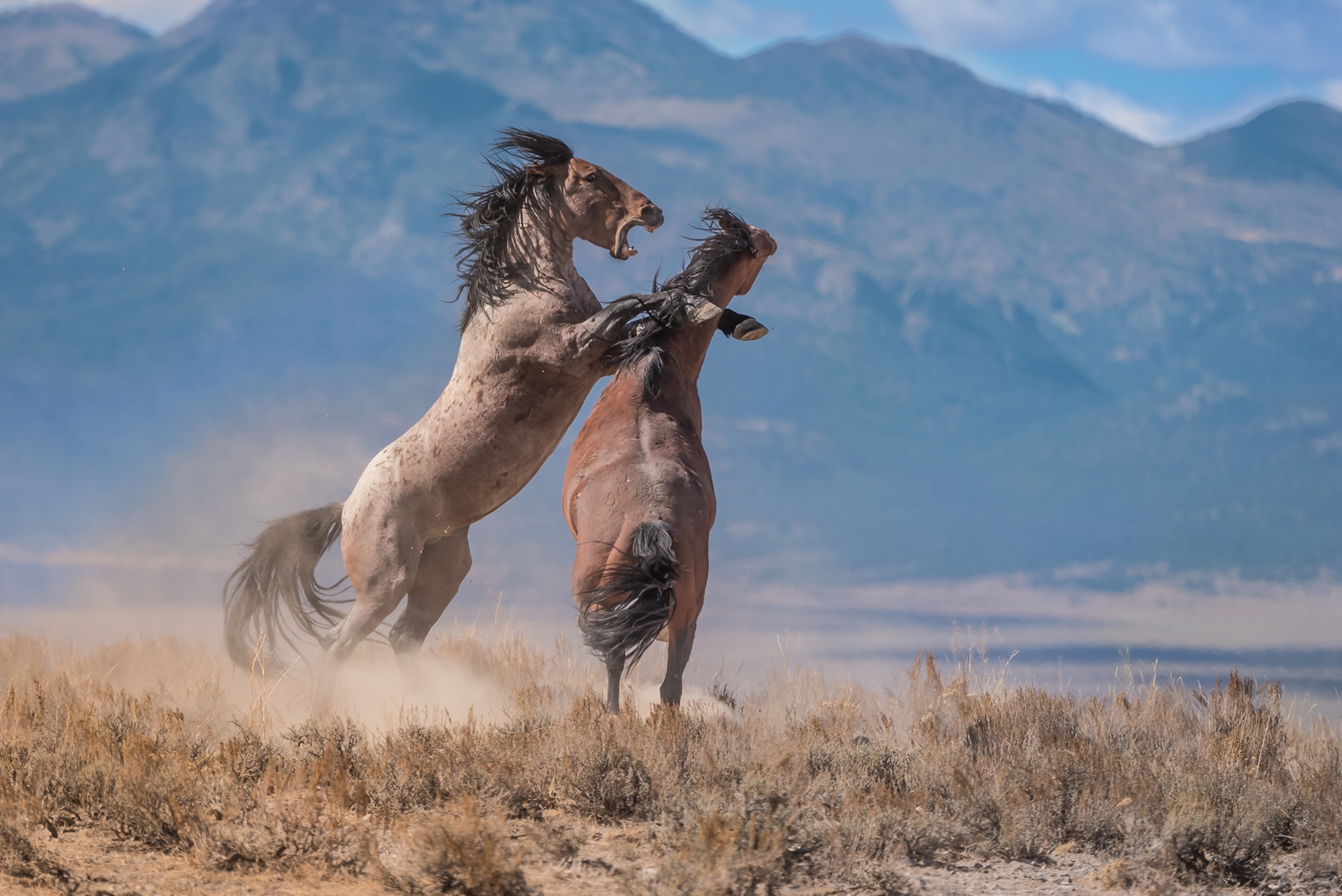
Wild horses may require additional training and development to adapt to domestic life and establish a bond with their adopters.
Patience and Understanding
Training a wild horse requires patience, understanding, and a willingness to communicate in a way that aligns with the horse’s natural instincts. Building a trusting relationship through consistent and positive interactions is essential for the horse’s development and integration into its new environment.
Basic Training Techniques
Introducing the horse to basic training techniques, such as haltering, leading, and ground manners, is an important step in their development. Using gentle and progressive methods that respect the horse’s individual pace and comfort level can help build a foundation for further training.
Specialized Training Approaches
Depending on the adopter’s goals and the horse’s abilities, specialized training approaches, such as desensitization, liberty work, or riding, may be introduced gradually. Understanding the horse’s unique personality and learning style can guide the adoption of appropriate training methods.
Challenges and Considerations
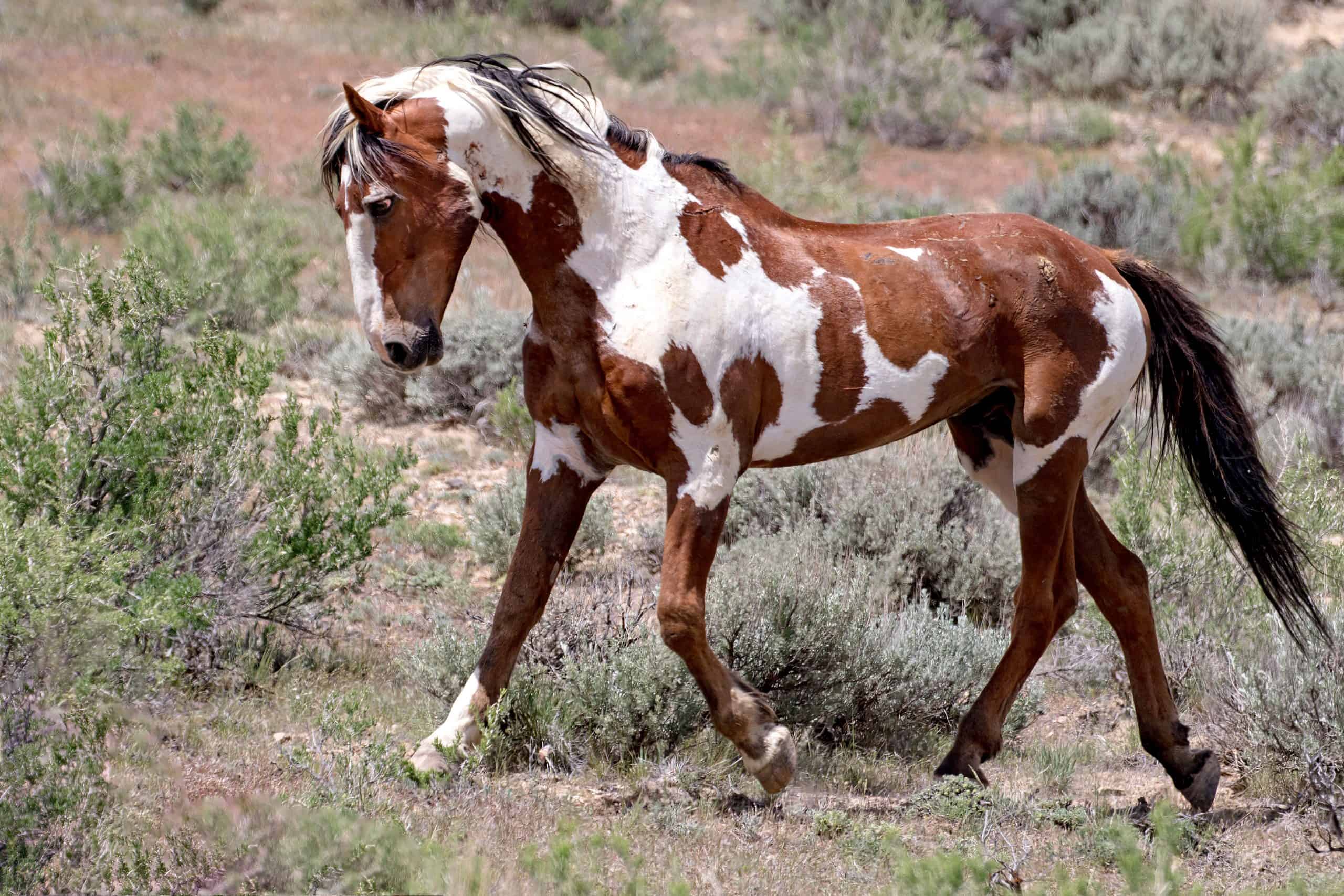
Adopting a wild horse comes with its own set of challenges and considerations that require careful attention and preparation.
Behavioral Adjustment
Wild horses may exhibit behaviors that are characteristic of their wild nature, such as wariness of confinement or unfamiliar surroundings. Adopters need to be prepared to address these behaviors with patience and understanding, allowing the horse to acclimate to its new environment at its own pace.
Legal and Regulatory Compliance
Adopters must adhere to the legal and regulatory requirements set forth by the BLM or the specific organization facilitating the adoption. This may include maintaining accurate records, providing access to the horse for compliance checks, and adhering to the guidelines for the care and management of adopted wild horses.
Financial Commitment
Adopting a wild horse entails financial commitments related to their care, including feed, veterinary expenses, and facility maintenance. Adopters should be prepared for the long-term financial responsibility of providing for the horse’s needs.
Looking to delve into the world of equine care and ownership? Explore our articles on how to adopt a horse, how to make a costume for a horse, and how to grow a horse’s mane for valuable insights into the world of horses and horsemanship!
Conclusion
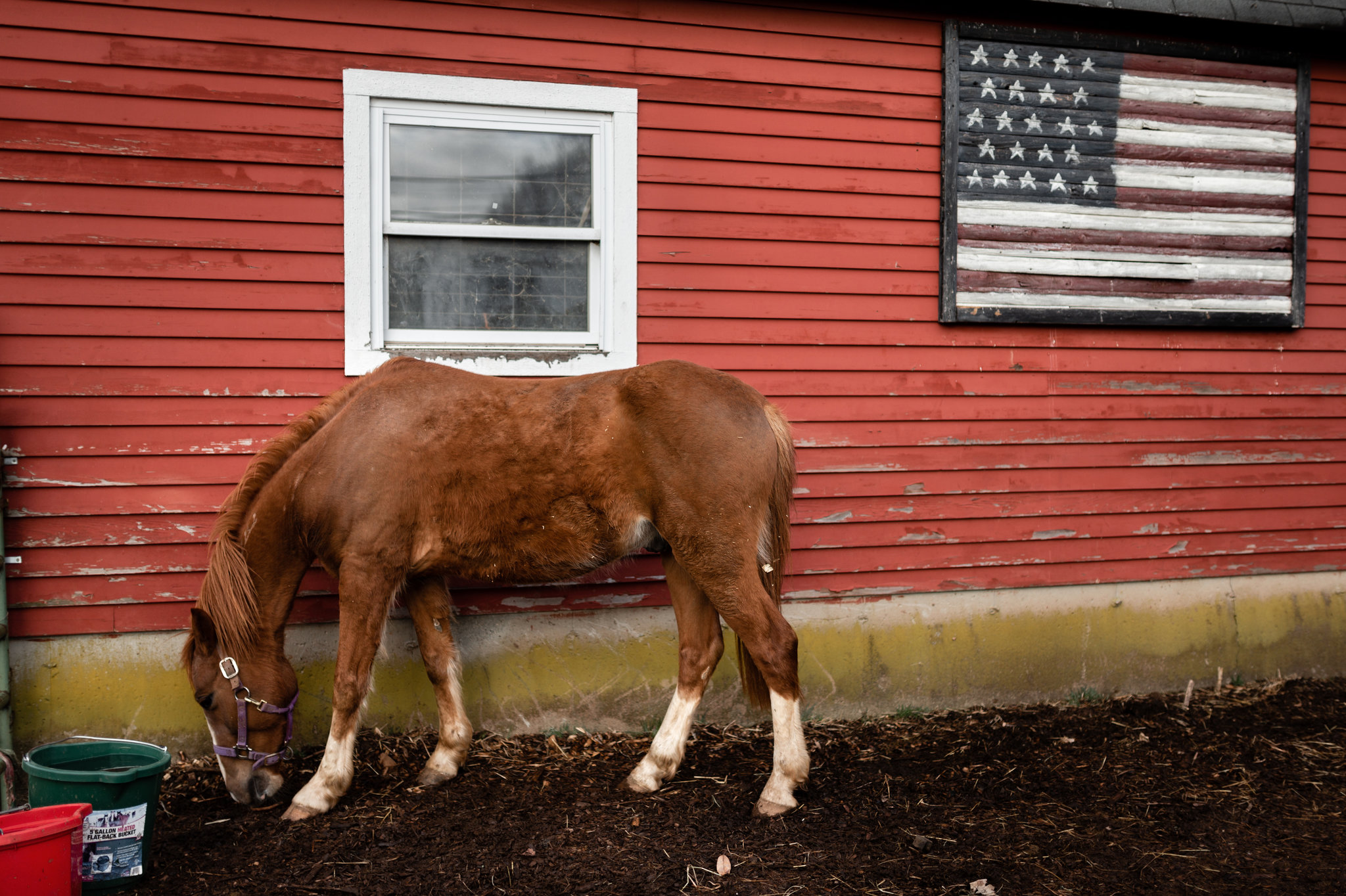
Adopting a wild horse is a deeply rewarding experience that requires dedication, patience, and a genuine appreciation for these remarkable animals. By understanding their natural behavior, providing proper care and training, and embracing the unique journey of integrating a wild horse into a domestic setting, adopters can create a meaningful and enriching partnership with their adopted horse. With the right mindset and preparation, the journey of adopting a wild horse can lead to a lifelong bond built on trust, respect, and mutual understanding.



